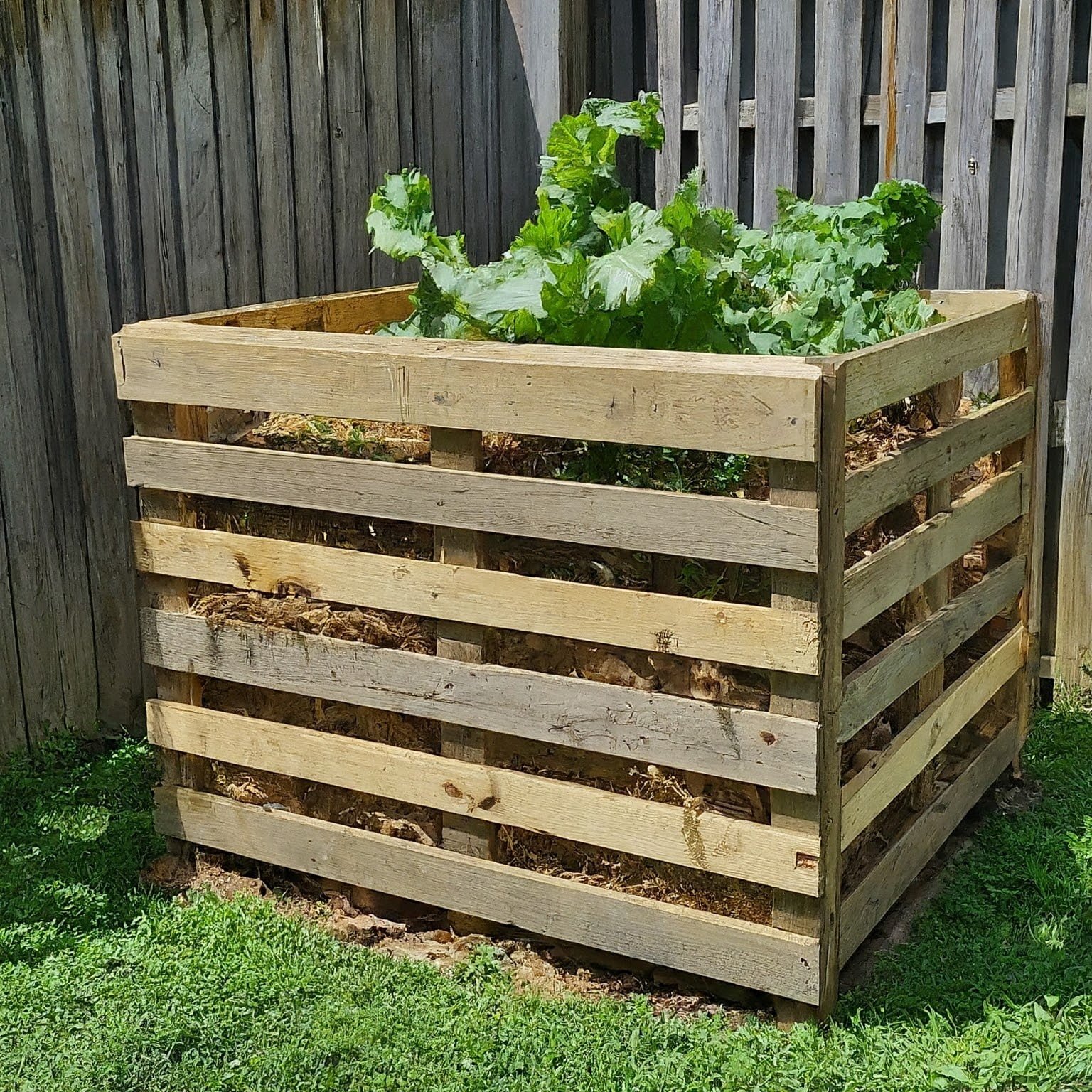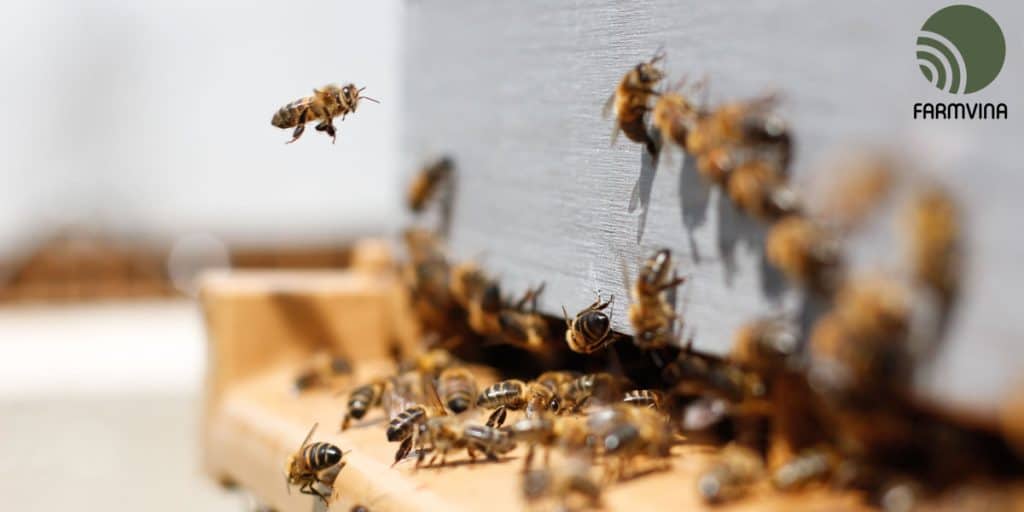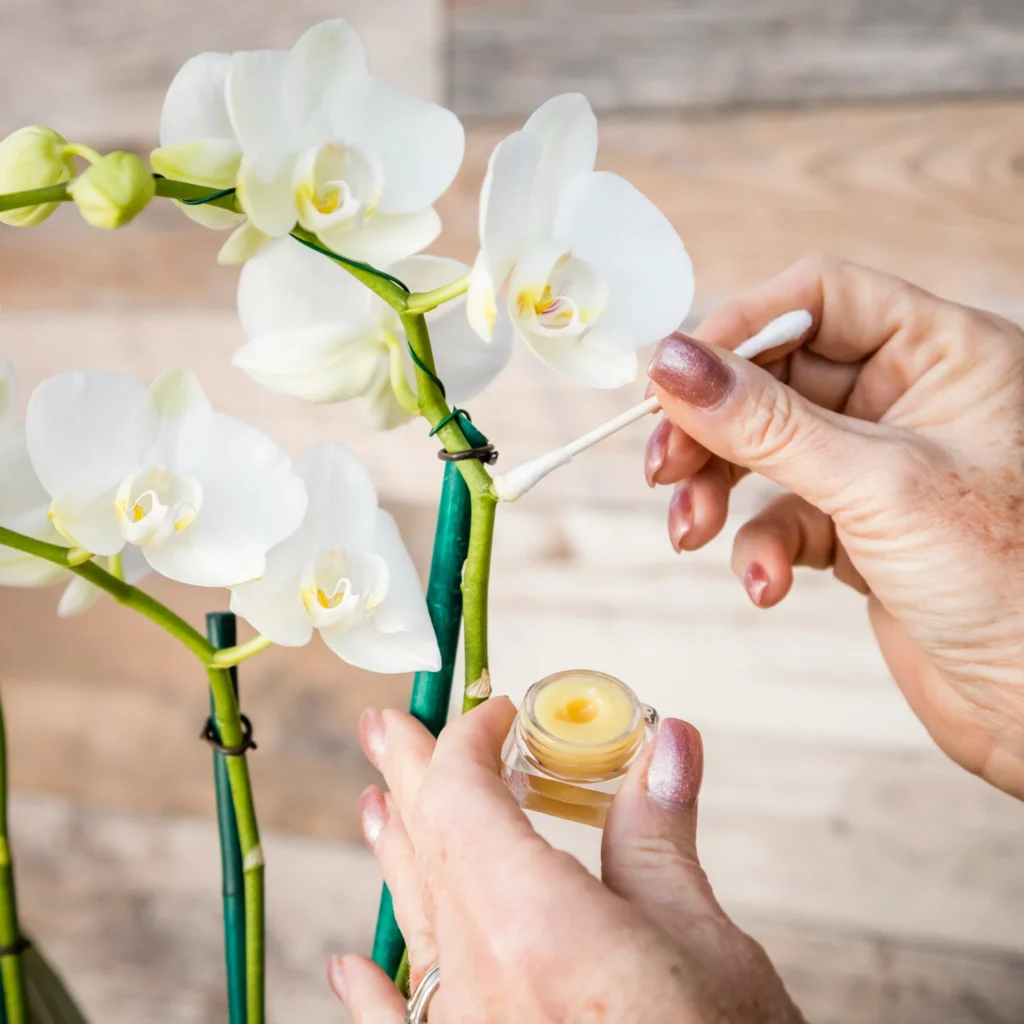Homesteading is all about providing for yourself; making your own backyard compost is also one of the major parts of urban homesteading.
Backyard composting, often referred to as home composting, is the practice of recycling organic waste from your household and yard to create nutrient-rich compost in your own backyard. It involves collecting a mix of green (nitrogen-rich) and brown (carbon-rich) materials, allowing them to decompose and break down over time, ultimately resulting in compost that can be used to enrich soil in gardens, lawns, or potted plants.
It is easy to make your own compost using easily available garden clippings, kitchen vegetable left-over’s, shredded paper, leaves, and a bit of soil.
There are two types of composting —cold composting and hot composting. Cold composting simply means that you collect organic materials in a bin, and allow them to turn into compost over a period of one year or so. Hot composting is for the serious gardener in you.
How To Make A Backyard Compost?

Dig a hole in your backyard, at least 5 feet deep.
To this, keep adding organic materials — layer by layer — such as fresh leaves, kitchen waste, dried leaves, paper, straw, coffee grounds, fruits and vegetable scraps, and egg shells. This should fill your pit to 3 feet.
To this mixture, sprinkle water to keep it moist. You have to keep adding water regularly to maintain the moisture. Make sure you don’t make the mixture soggy; too much water will make your pile rot rather than compost.
Keep monitoring the temperature of this pile every now and then.
Make sure you keep turning the pile using garden fork so that oxygen is worked into the mixture. You have to stir thoroughly making sure that all the layers are mixed, and the compost cooks faster.
Your compost is done when you are sure that it is no longer giving off heat, and that it looks dry, brown and is crumbly.
Here’s a step-by-step guide on how to make backyard compost presented in a table format:
| Step | Description |
|---|---|
| 1. Choose a Location | Select a dry, level area in your backyard that allows good drainage and is easily accessible for adding materials. |
| 2. Gather Materials | Collect both “green” (nitrogen-rich) and “brown” (carbon-rich) materials: kitchen scraps, yard waste, leaves, etc. |
| 3. Prepare a Bin or Pile | Choose a compost bin or create a compost pile using materials like wood pallets, wire mesh, or a dedicated compost bin. |
| 4. Layer Materials | Alternate layers of green and brown materials, aiming for a 3:1 ratio of brown to green to achieve a good carbon-to-nitrogen balance. Start with a layer of brown material. |
| 5. Moisten the Layers | Spray water to dampen each layer. The compost pile should be as damp as a wrung-out sponge, not soggy. |
| 6. Turn the Compost | Turn the compost every 2-3 weeks using a pitchfork or compost aerator to aerate and mix the materials, speeding up the decomposition process. |
| 7. Monitor the Compost | Check the temperature, moisture level, and overall composting process regularly. The compost should heat up and break down over time. |
| 8. Harvest the Compost | When the compost turns dark, crumbly, and earthy-smelling, it’s ready to use. It usually takes 2-6 months to create usable compost. Spread it in your garden to improve soil quality. |
Remember, composting is an ongoing process. Continuously add new materials, turn the compost, and harvest it when it’s ready. The resulting compost will provide valuable nutrients for your garden plants.
The Benefits Of The Backyard Compost
Creating a backyard compost offers numerous benefits for both your garden and the environment. Here are the key benefits of having a backyard compost:
| Benefits | Description |
|---|---|
| 1. Enriches Soil | Compost adds essential nutrients to the soil, enhancing its fertility and providing a rich source of organic matter. |
| 2. Improves Soil Structure | Compost helps in improving soil aeration, drainage, and overall structure, making it easier for plants to grow. |
| 3. Enhances Plant Growth | Plants grown in compost-enriched soil tend to have stronger roots, increased growth, and improved resistance to diseases. |
| 4. Reduces Waste | Composting diverts a significant portion of household and yard waste from landfills, reducing overall waste and its environmental impact. |
| 5. Reduces Greenhouse Gas Emissions | By composting organic waste, you help reduce methane emissions from landfills, a potent greenhouse gas. |
| 6. Decreases Soil Erosion | The organic matter in compost helps to prevent soil erosion by binding soil particles and improving its stability. |
| 7. Saves Money | Composting reduces the need for commercial fertilizers, saving money on gardening and promoting a sustainable approach. |
| 8. Supports Sustainability | Composting aligns with sustainable practices, promoting responsible waste management and resource conservation. |
| 9. Minimizes Chemical Use | Organic compost reduces the need for synthetic chemicals, pesticides, and herbicides in gardening, promoting a healthier environment. |
Having a backyard compost is a simple and effective way to recycle organic waste, improve your garden’s health, and contribute to a more sustainable and eco-friendly lifestyle.
Good compost materials are fruit and vegetable scraps, dried leaves, green grass and plant clippings, egg shells, coffee grounds, chopped wood and bark chips, paper shreds, and straw.
There are certain materials you should not use to make compost; they are products that contain meat, grease, oil, fat, diseased plants, treated wood chips, feces of dogs and cats, dairy products and weeds
Conclusion
While the process may seem daunting at first, with a little patience and practice, you’ll soon be harvesting your own “black gold.” Remember, composting is an ongoing process, so don’t be discouraged by initial setbacks. As you learn to balance the right mix of materials and maintain optimal conditions, you’ll be amazed at how quickly your compost pile transforms into a valuable resource for your garden.
So, take the plunge and start composting today! You’ll be surprised at how simple and rewarding it can be to create your own nutrient-rich soil amendment while doing your part for the environment.
Originally posted 2020-04-11 23:50:31.




